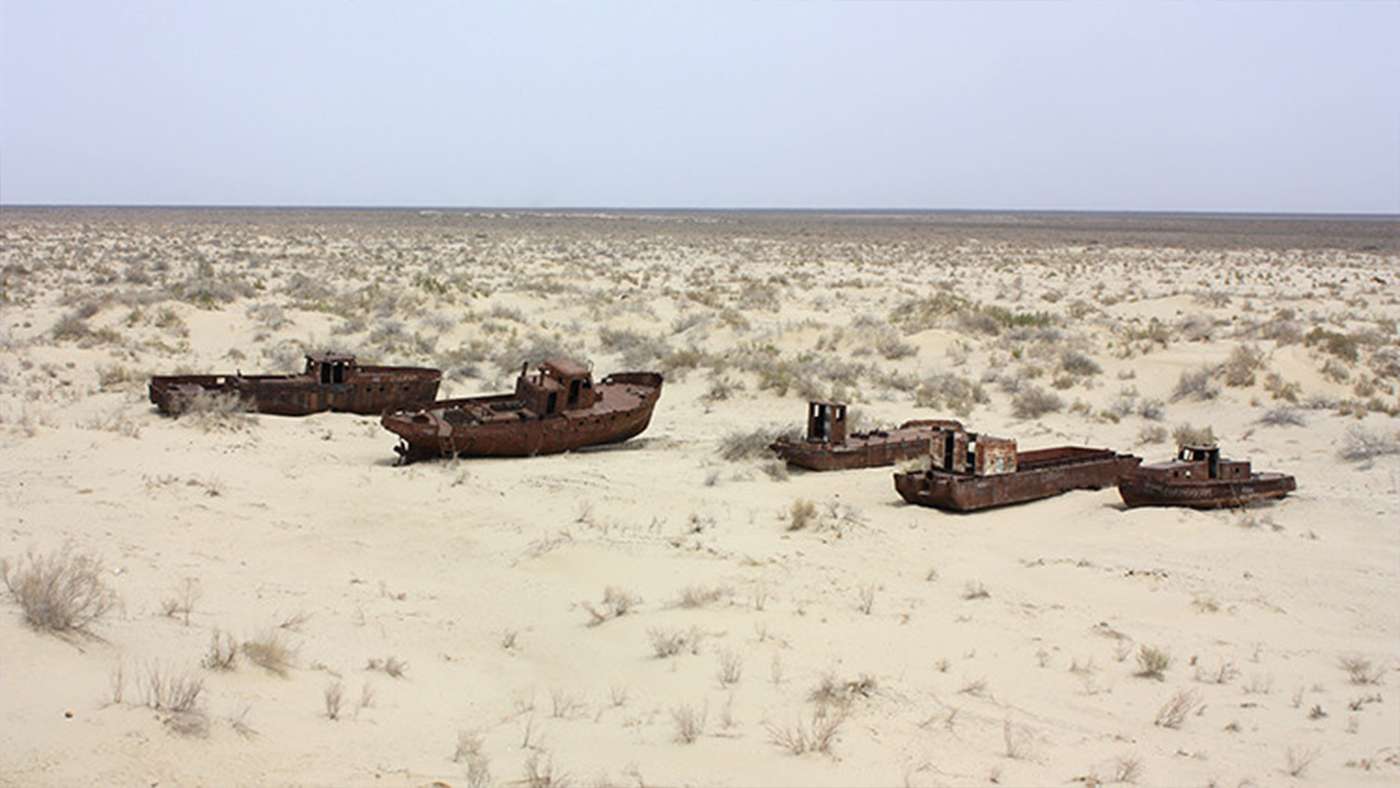Do the names I give to the SWIM AGAINST® collections seem unique to you? Discover here where they come from in detail. It is true that a lot of meaning and purpose is put into the name of all our collections and garments. It is not something fortuitous or trivial.
Each Collection has its name and from here its designs they symbolically represent other stories to tell. Today particularly, I’m going to tell you why of the name of the first two collections.
The first was Fukushima, and how did I come up with that name? Well, because the main objective was give visibility to some environmental catastrophe that would have been caused by humans, and by avoidable consequence.
Surely something sounds familiar to you, but it refreshes your memory. Fukushima is a Japanese City where In 2011 there was a Nuclear accident, which was triggered by an Earthquake, and this generated then a Tsunami.
The main problem was the initial location of the nuclear power plant, which was built in a coastal area exposed to the uncontrollable seismic movements of the faults geological features of the region, something that was known from the start.
In total the catastrophe took 1,200 lives and at the environmental level there was an emission of gases radioactive, volatile and liquid elements, especially towards the ocean coast.
The released cesium is it quickly dispersed throughout the ocean since it is very soluble in water. This caused the levels of Cesium-137 after the accident was tens of millions higher. Directly affecting all marine fauna and flora of the area. Even today there are more than 100,000 evacuees from the Fukushima area and there are still radioactive leaks.
And what about the second collection? Well, it’s called Mar de Aral and right now I’m going to tell you the story. The Aral Sea was a lake or inland sea located between Kazakhstan to the north and Uzbekistan to the south, in Central Asia. Formerly, it was known as one of the four largest lakes in the world, with a surface of 68,000 km2. And what happened to this lake?
Well, in just 50 years it has become a desert. For thousands of years it had as tributaries two great rivers, the Amu Daria and the Sir Daria, which maintained their water balance. But in the 20 years of the last century the Soviet Government decided to develop cotton plantations in the republics from Central Asia.
The arid climate did not favor the cultivation of the plant and therefore it was decided to dig thousands of kilometers of irrigation canals through which the waters of the Amu Daria and Sir Daria went into the desert. In the 60s decided to build even more canals, which led to a drought in the Aral Sea of final form.
This story clearly reflects how mismanagement affects the socio-economic and environmental level of natural resources on the part of the human being, and how this can end in catastrophe.
Now that you know the reason for these two names, I want to record the importance of giving visibility to past catastrophes to learn from them and not make the same mistakes in future. It is necessary to become aware, and see how by not paying the necessary attention to the evidence that nature gives us, leads us to end it destroying without turning back.
In the end the conclusion that I draw from this is that human progress is necessary, but without destroy everything in its path.
That is why we must contribute with every grain of sand that is in our hands, showing respect at all times for planet earth.
by: Amelia Serrano. 2020




 No products in the cart.
No products in the cart. 

